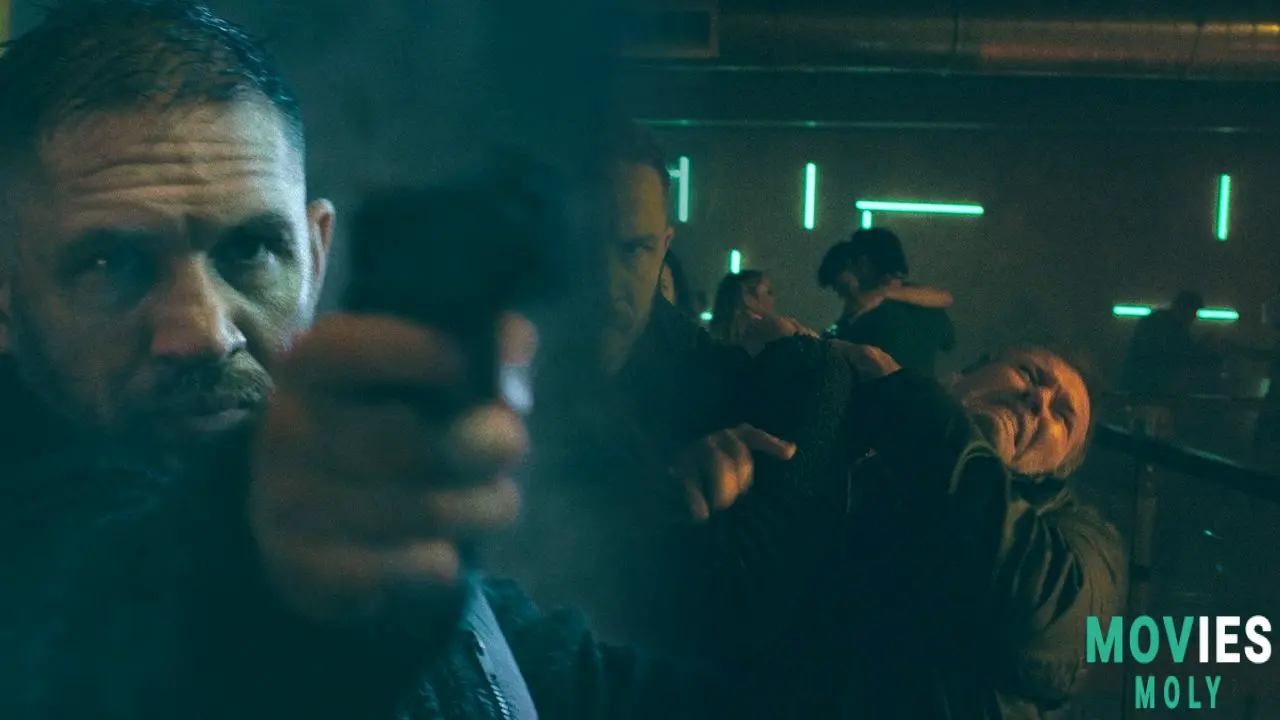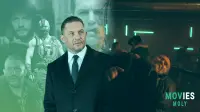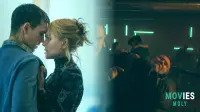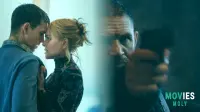Tom Hardy is having one of those career resurgences that feels less like a comeback and more like a continual evolution. With Havoc exploding onto Netflix after a long-delayed, four-year wait, Hardy hasn’t just reclaimed his spot in the action-hero pantheon — he’s reinvented it. Directed by Gareth Evans (The Raid), Havoc is the kind of blood-soaked, chaotic thrill ride that fans of Hardy’s more unrestrained work have been craving. And it arrives not just as a gritty banger, but as a symbol of Hardy’s unstoppable presence in genre cinema.
Havoc’s comic book violence and Hardy’s gritty ground-level heroismEvans’ Havoc isn’t interested in subtlety. It's a hyper-violent descent into a Gotham-esque underworld, where Hardy’s Walker — a morally ambiguous homicide detective with a past as bruised as his face — barrels through gangs, conspiracies, and one-liner carnage. The film’s setting is an unnamed American city that feels more like a comic book panel than a real place. Shot in Wales, the environment echoes what “Tom Hardy in a dark city” fans might call *bat-itude* — a term I’m coining right now to describe that blend of grim atmosphere and stylized grit that Hardy once inhabited as Bane in The Dark Knight Rises.
And speaking of comics, Havoc’s action sequences have that comic-bookalicious quality. The nightclub fight scene — a chaotic ballet of blood and bullet casings — outshines even the most choreographed moments in John Wick. It’s the kind of sequence that turns practical violence into a visual language, and Hardy delivers it not just with muscle, but with a punchy charisma that never quite crosses into heroism. Walker is a beast, not a savior, and Hardy’s performance walks that line perfectly.
Hardy’s “funny accent” and the persona behind the performance
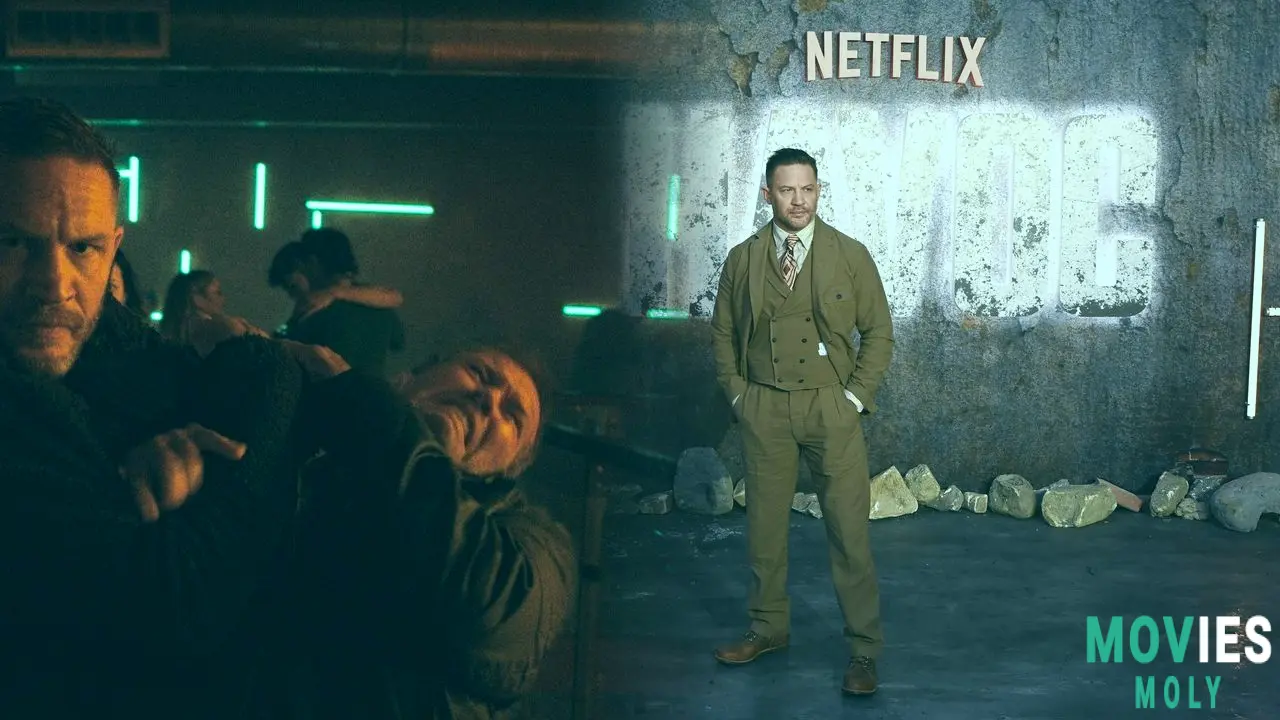
Of course, no Hardy project is complete without a little (or a lot) of vocal experimentation. Havoc has ignited the usual internet debates about Hardy’s accent — a strange, high-pitched “New Yawka” that sounds like De Niro on helium. Critics and fans alike are puzzled, but this is Hardy following his muse again. As he did with Bane, and as he oddly pulls off in The Bikeriders, Hardy isn’t aiming for dialectical precision. He’s aiming for character.
In a recent interview, Hardy admitted he wasn’t even sure he nailed the Midwest accent in The Bikeriders. But he explained his approach: defying stereotypes, seeking vulnerability, and avoiding the “creepy voice” trap by turning it into something expressive. It’s a tactic that works for some and mystifies others — but it’s undeniably part of Hardy’s signature style. He’s not just playing roles; he’s sculpting personas.
From The Revenant to Venom: Hardy’s spectrum of genre bravado
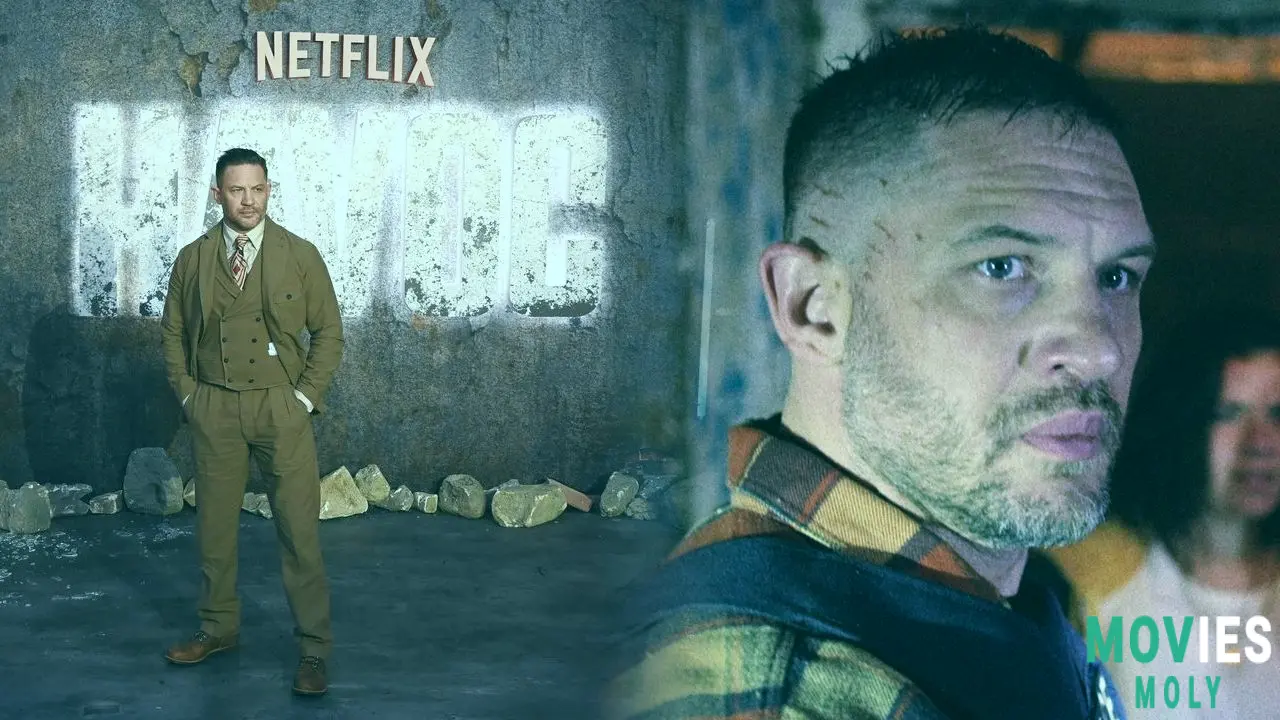
Watching Hardy across his filmography is like exploring different facets of the same diamond. There’s the raw, elemental struggle of The Revenant, where Hardy’s physicality and primal fury earned him an Oscar nod. There’s the comic-book chaos of the Venom trilogy, where he channels Eddie Brock not as a serious antihero, but as a goofy, slugging improviser stuck in a love-hate relationship with an alien symbiote.
Honestly, Hardy’s work in Venom is more playful than most lead performances in superhero cinema. He’s experimenting with tone, timing, and character dynamics — basically starring in a one-man show whenever he’s arguing with himself in the mirror. These films may be critically panned, but they gave Hardy a playground to flex his creative muscles in ways that mainstream critics rarely appreciate.
Hardy’s eye contact aversion and other acting quirks that reveal deeper layers
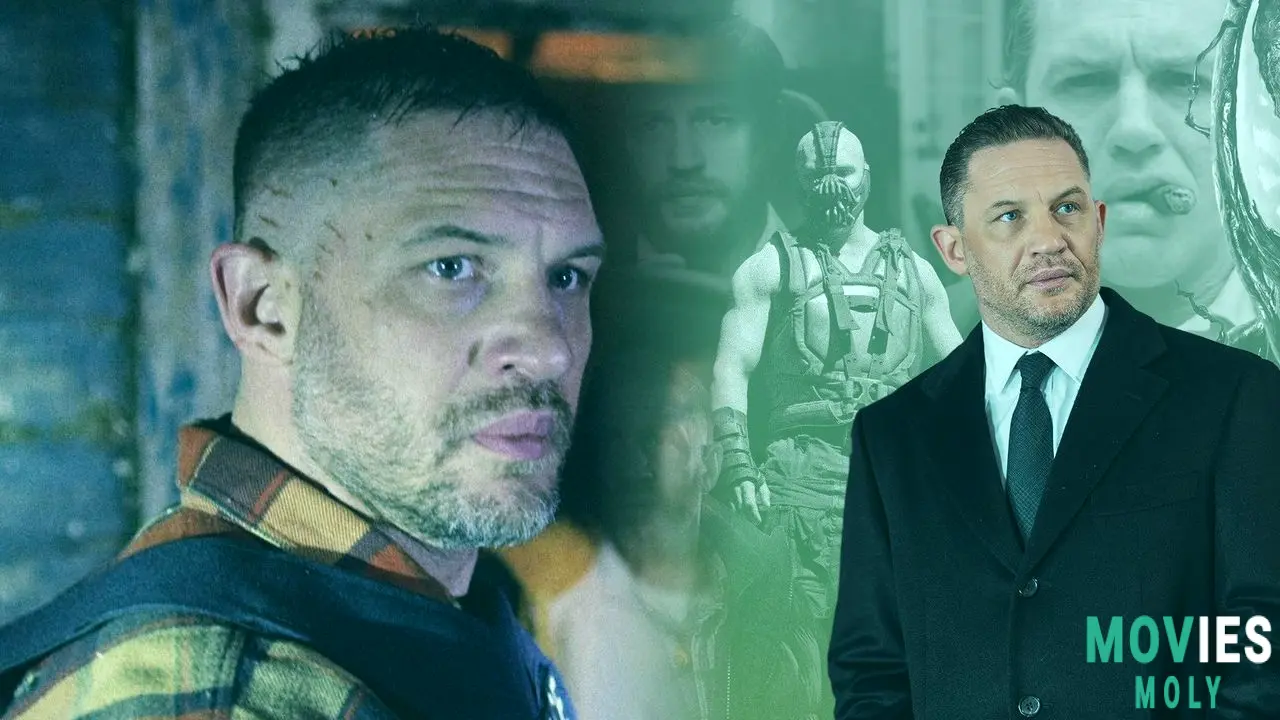
One of the most fascinating aspects of Hardy’s on-screen persona is his consistent use of certain physical and vocal tics. As noted by Slate in a recent deep dive, Hardy almost never makes eye contact with his scene partners. Instead, he looks down or to the side when thinking, and employs a “wild-eyed, squinting glare” to signal intensity. It’s a kind of acting shorthand that he’s turned into a language of its own — one that conveys internal conflict, discomfort, and subversive charm all at once.
These quirks can feel repetitive, but when used skillfully — as they are in Havoc and the new crime series MobLand — they become tools for nuance. In MobLand, Hardy’s Harry Da Souza is a master of compartmentalization, and Hardy uses his gaze (or lack thereof) to show a man constantly masking his true emotions. It’s subtle, but powerful. It’s the Hardy effect: turning small gestures into character signatures.
Risk-taking roles like Stuart: A Life Backwards reveal Hardy’s true ambition
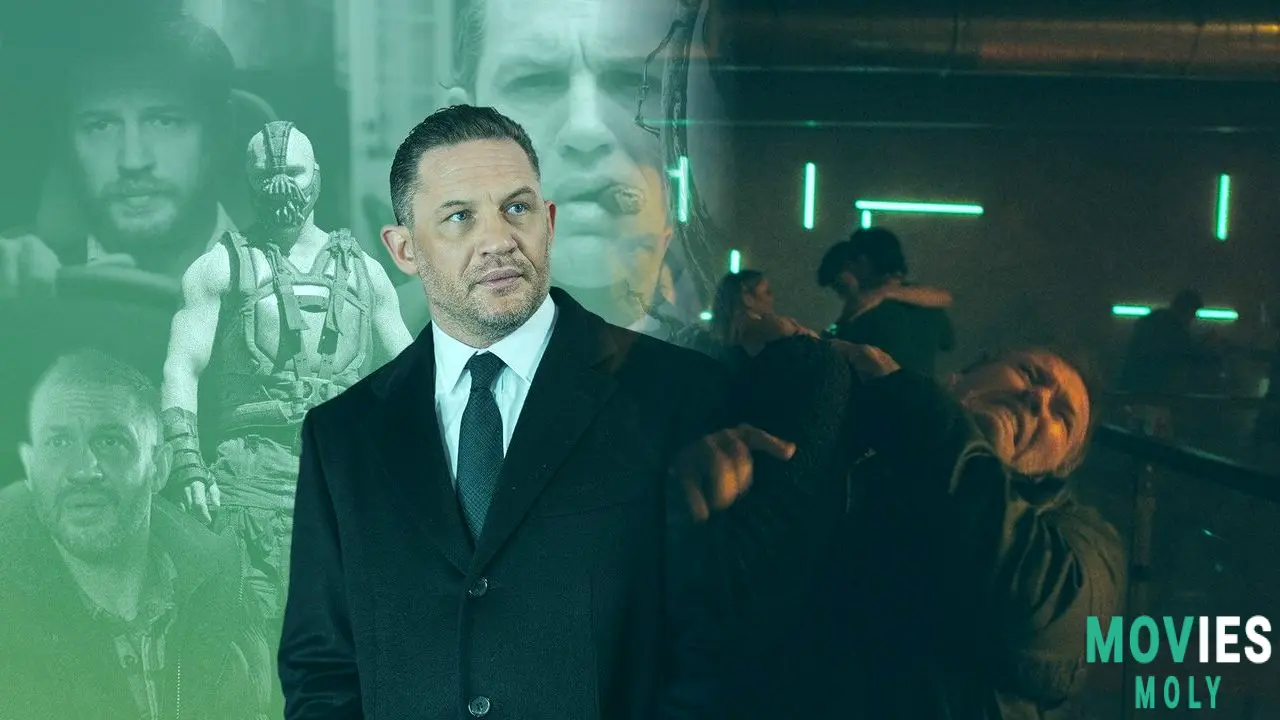
To understand Hardy’s artistic ambitions, you have to look beyond the genre hits and into the wild trenches of his past work. Stuart: A Life Backwards is one such trench. Playing a suicidal, schizophrenic drug addict, Hardy gives a performance so raw and unfiltered that it risks alienating its audience just to connect on a deeper emotional level. It’s the kind of role that begs for praise but often only gets buried beneath more palatable performances.
In one harrowing scene, Hardy’s Stuart sets fire to his apartment while screaming at the police. It’s grotesque, desperate, and honest. This is the Hardy who dares to cross the line between craftsmanship and catharsis. The Hardy who isn’t content with being “good” and instead aims for gravitational.
Why Hardy matters: the last outpost of creative masculinity in blockbuster cinema
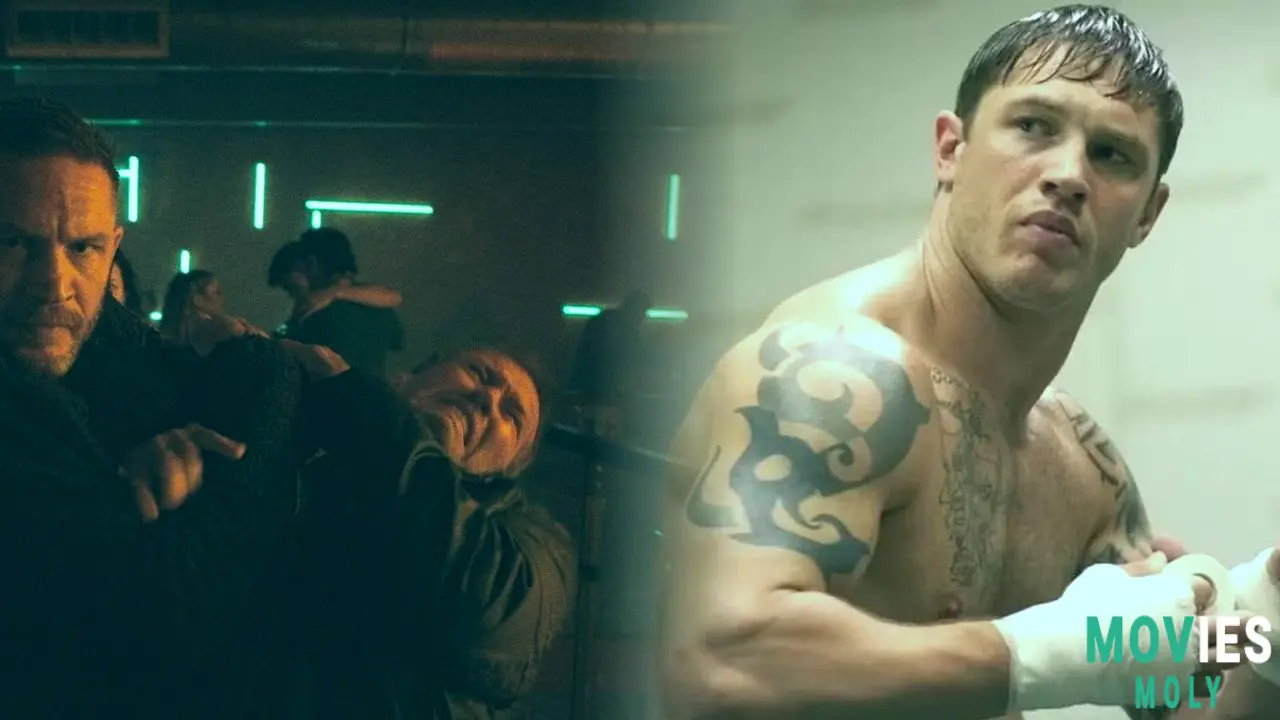
Tom Hardy isn’t just surviving in Hollywood — he’s carving out a space for the kind of masculine creativity that’s rarely encouraged in big-budget or streaming fare. He plays tough guys, sure, but he infuses them with weirdness, vulnerability, and flair. Whether he’s bloodily tearing through Havoc’s underworld or awkwardly brooding in a single-shot car ride in Locke, he’s always experimenting.
In an industry obsessed with safety and formula, Hardy is taking risks. Sometimes they pay off spectacularly. Sometimes they look like him playing dual roles in Legend or adopting a creepy carnival tone in Taboo. But the alternative — playing it safe — is what most actors do. Hardy is doing what Nicolas Cage does in acting: searching for truth through extremity.
Final thoughts: Havoc is more than a comeback — it’s a celebration of Hardy’s chaotic genius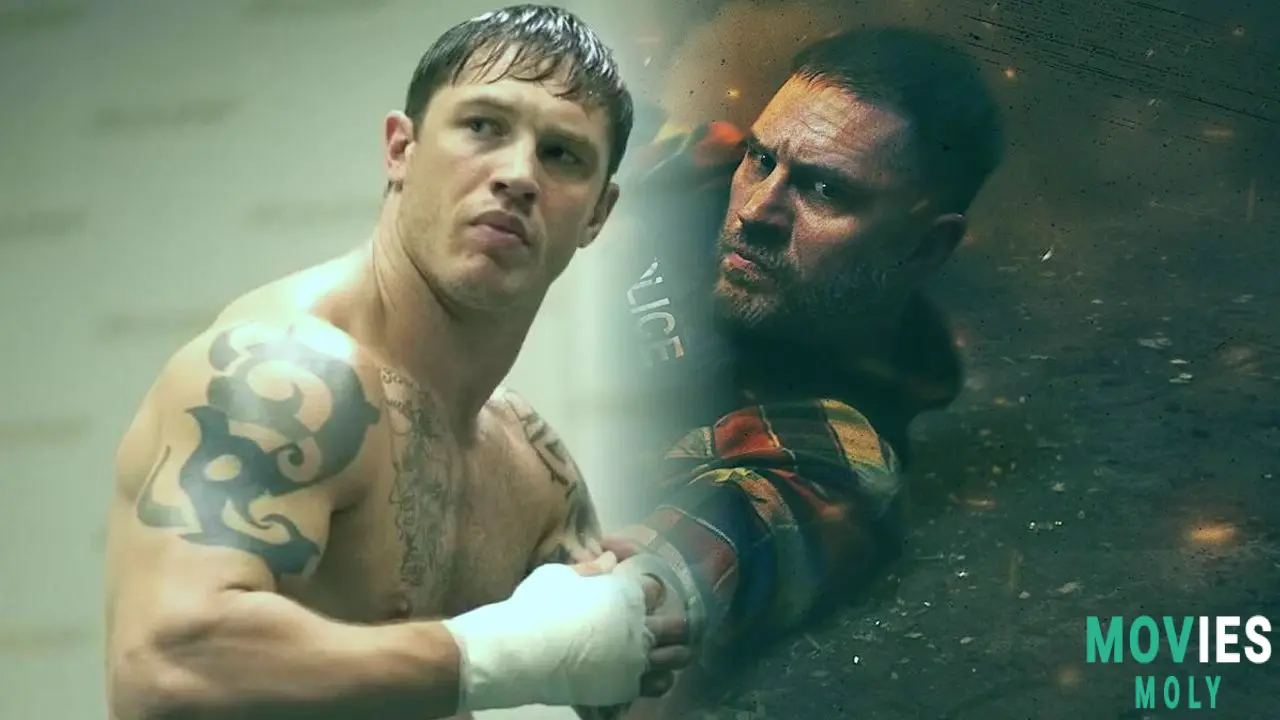
Havoc may not be a perfect film, and Hardy’s accent may leave you scratching your head, but this is the kind of project that reminds us why Hardy matters. It’s not about flawless performances or pristine scripts. It’s about energy, commitment, and the willingness to dive into the mess and come out looking like something iconic. Hardy’s Walker isn’t a hero. He’s not even always likable. But he’s real, and he hits the screen with the force of a thousand high-caliber rounds.
After watching Havoc and re-examining Hardy’s body of work, one thing is clear: we’re witnessing an actor who’s not just staying relevant, but redefining what it means to be a leading man in the age of streaming, superhero saturation, and genre recycling. Whether he’s playing a symbiote-possessed journalist, a deranged gangster, or a world-weary fixer in a crime show, Tom Hardy is doing what few dare — he’s being himself, unfiltered, and full throttle.

